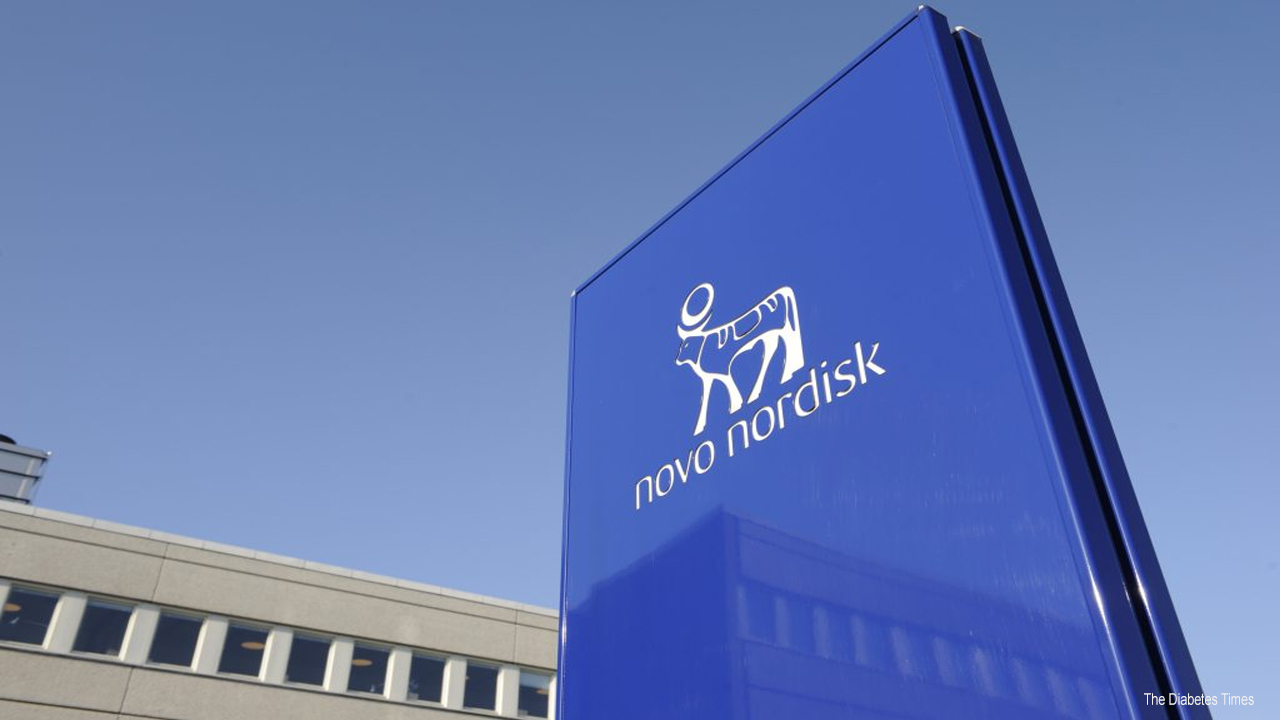Novo Nordisk recently announced that the U.S. Food and Drug Administration (FDA) approved an updated label for Saxenda (liraglutide) injection 3 mg for use in the treatment of obesity in adolescents (12–17 years) with a body weight above 60 kg and an initial body mass index (BMI) corresponding to 30 kg/m2 or greater for adults, as an adjunct to reduced-calorie meals and increased physical activity. Saxenda was approved in 2014 for chronic weight management in adults with a BMI ≥30 kg/m2, or ≥27 kg/m2 with at least one weight-related comorbidity, as an adjunct to a reduced calorie meal plan and increased physical activity.1
Over the last 20 years, the global prevalence of children and adolescents with excess weight has doubled from 1 in 10 to 1 in 5. Research also shows that when both parents have excess weight, 80% of their children will have obesity. However, current treatment options for this population are limited, highlighting a considerable and growing need for additional treatment strategies.
"New options to treat adolescents who live with obesity can bring much-needed hope to families and help address this growing epidemic," said Dr Aaron Kelly, Professor of Pediatrics and co-director of the Center for Pediatric Obesity Medicine at the University of Minnesota. "With up to 90 per cent of adolescents with obesity likely to have it as adults and thus at increased risk for developing weight-related complications, it's important to address weight care and offer support early on. I'm encouraged that healthcare providers now have another tool in developing a personalized, complete care plan to help adolescents lose weight and keep it off."
The safety and efficacy of Saxenda as a treatment for adolescents with obesity is supported by data from a phase 3a trial published earlier this year in the New England Journal of Medicine. The 56-week clinical trial investigated the effects of Saxenda compared to placebo for weight management in 251 patients aged 12-17 living with obesity as an adjunct to lifestyle therapy, defined as counselling in healthy nutrition and physical activity for weight loss. In the trial, the primary endpoint was change from baseline in Body Mass Index (BMI) Standard Deviation Score (SDS) at week 56.
The data demonstrated a significant reduction in BMI-SDS, as well as reductions in BMI, mean body weight, and other weight-related endpoints vs. placebo in adolescents with obesity when using Saxenda as an adjunct to lifestyle therapy. Adverse events seen in an adolescent population were similar to those observed in adults. The most common adverse reactions were gastrointestinal events, including nausea, vomiting and diarrhea.
"The rise in adolescent obesity is contributing to a public health crisis, and it poses a real challenge for healthcare professionals due to the limited treatment options available," said Mads Krogsgaard Thomsen, executive vice president and chief scientific officer of Novo Nordisk. "We are proud to be able to offer a new treatment option for adolescents with obesity and their families in the US, as the FDA approval marks another significant milestone for Saxenda."

 Novo Nordisk is offering a new treatment option for adolescents with obesity and their families in the US
Novo Nordisk is offering a new treatment option for adolescents with obesity and their families in the US










.jpeg)











.jpg)








